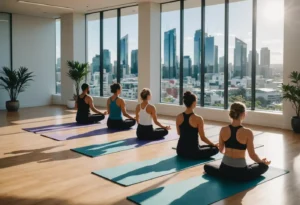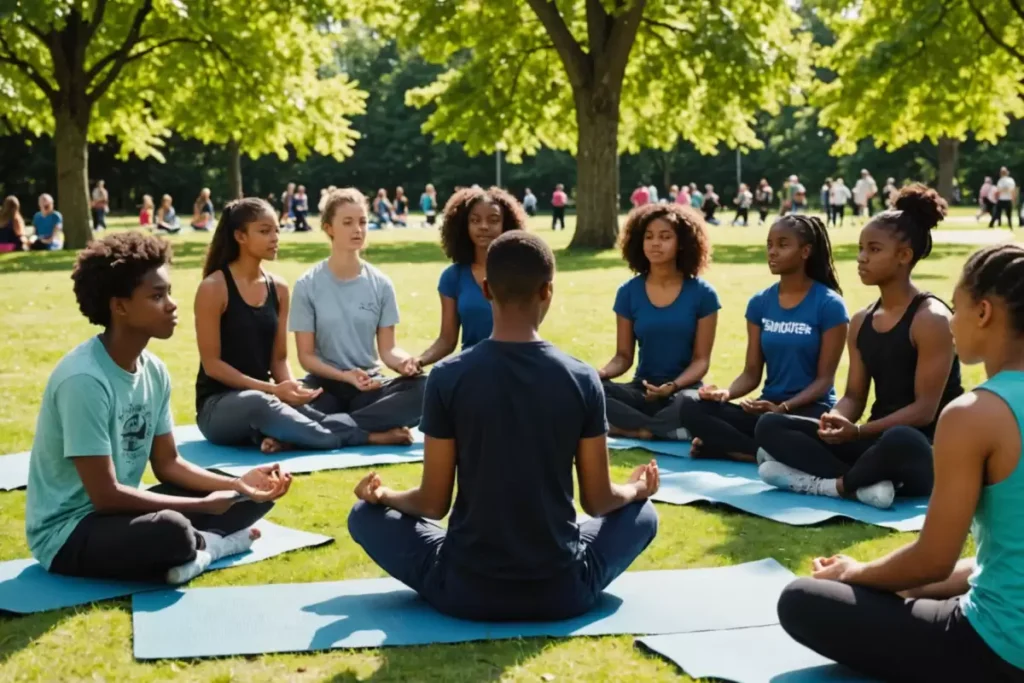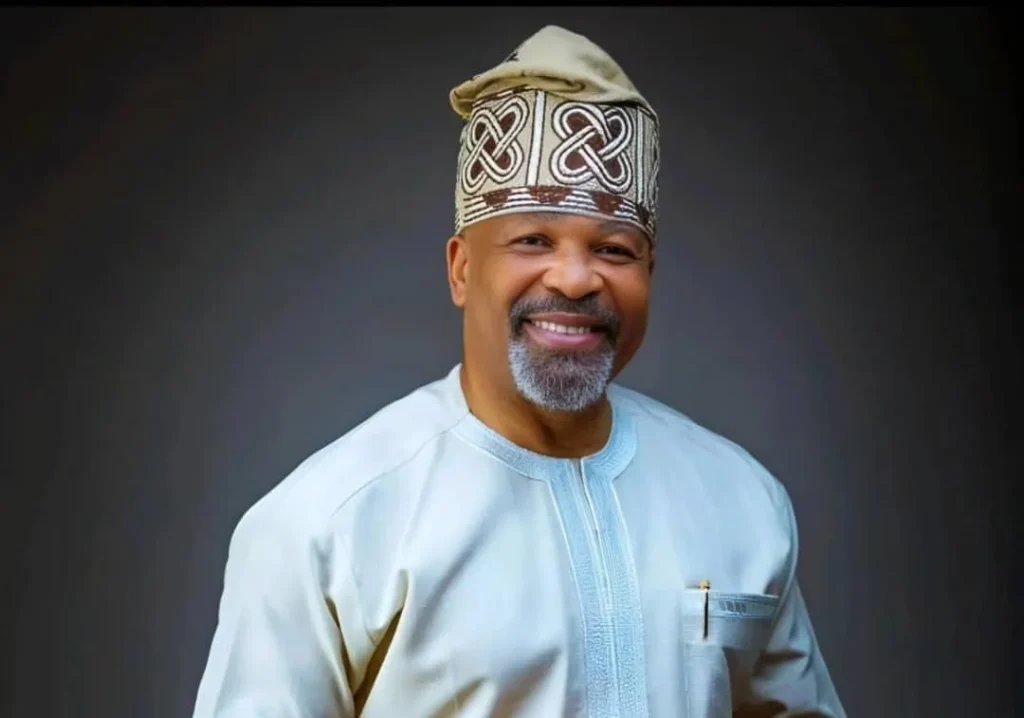In a significant shift toward alternative mental health treatments, the United States in 2024 has fully integrated yoga therapy into its official recovery programs for veterans suffering from Post-Traumatic Stress Disorder (PTSD). With military personnel increasingly facing the long-term psychological consequences of war, the Department of Veterans Affairs (VA), in partnership with military hospitals and wellness organizations, has embraced yoga as a non-invasive, holistic complement to conventional treatment.
This move reflects a growing body of scientific research validating yoga’s effectiveness in alleviating PTSD symptoms such as anxiety, hypervigilance, depression, and emotional detachment. As a result, rehabilitation centers, VA hospitals, and even outpatient clinics across the country now offer structured yoga sessions as part of comprehensive trauma recovery plans for veterans.
A National Priority for Veteran Mental Health
The United States continues to grapple with the profound mental health challenges facing its veteran population. According to the VA’s 2023 Mental Health Report, approximately 11% to 20% of veterans who served in Iraq and Afghanistan experience PTSD in any given year, while older veterans from the Vietnam era report even higher rates. Traditional treatment methods—primarily talk therapy, medication, and group counseling—have produced mixed results, particularly among those reluctant to engage in verbal expression of trauma.
Recognizing the need for alternative approaches, the VA launched pilot programs in late 2022 that introduced yoga therapy into a handful of facilities. Following overwhelmingly positive results—including increased emotional regulation, better sleep patterns, and reduced reliance on psychiatric medication—these programs expanded nationwide in 2024.
Veterans now have access to certified trauma-sensitive yoga instructors, specially designed classes, and mindfulness modules embedded in broader therapeutic frameworks. For many, this marks a turning point in how they relate to their trauma—and ultimately, to their path of healing.
How Yoga Helps Heal Trauma
Unlike traditional exercise routines, yoga uniquely combines physical movement, breath control, meditation, and body awareness. These elements work together to activate the parasympathetic nervous system, which counteracts the stress responses triggered by PTSD.
In trauma survivors, the body often remains in a heightened state of alertness long after the traumatic event has ended. Yoga helps veterans reestablish a sense of safety within their own bodies, allowing them to regulate breathing, calm intrusive thoughts, and become more attuned to the present moment.
Programs adopted in 2024 specifically use Trauma-Sensitive Yoga (TSY)—an evidence-based method developed at the Trauma Center in Brookline, Massachusetts. TSY avoids physical touch, emphasizes personal choice, and encourages interoception (awareness of internal sensations), which is especially crucial for veterans who have experienced intense emotional or physical trauma.
For combat veterans, who often feel a loss of control or detachment from their bodies, the slow and deliberate postures of yoga provide an avenue to rebuild trust in themselves. Additionally, group sessions foster a sense of community and solidarity, reducing the isolation that many PTSD sufferers experience.

Backed by Research and Clinical Evidence
Several major studies have helped shift perception about yoga as more than a recreational practice. A 2020 study published in Journal of Traumatic Stress found that participants in a 10-week trauma-sensitive yoga program experienced significantly greater reductions in PTSD symptoms than those in conventional group therapy.
Further reinforcing this evidence, a 2023 randomized control trial conducted by the VA and Harvard University reported that 52% of veterans who practiced yoga at least twice a week for 12 weeks reported marked improvements in sleep quality, mood regulation, and emotional resilience—surpassing the outcomes in comparison groups receiving medication alone.
In response to such findings, the National Center for Complementary and Integrative Health (NCCIH) officially endorsed yoga in early 2024 as a complementary approach to PTSD treatment, paving the way for its inclusion in federally funded healthcare initiatives for military veterans.
Success Stories from the Frontlines of Healing
Personal testimonials have played a vital role in advancing yoga within veteran care systems. Take, for example, Staff Sergeant James Wallace, a Marine Corps veteran who served two tours in Afghanistan. After years of battling nightmares, anger issues, and alcohol dependence, Wallace reluctantly joined a trauma-informed yoga group at a VA center in Colorado Springs.
“Yoga taught me how to breathe again,” he recalls. “For the first time in years, I wasn’t on edge. I wasn’t waiting for something to explode. I just existed, and that was enough.”
Like Wallace, thousands of veterans nationwide are reporting similar breakthroughs. Peer support has also grown through platforms like the Veterans Yoga Project (VYP) and Warriors at Ease, nonprofit organizations that train yoga instructors in trauma-informed teaching and host retreats for veterans and their families.
These efforts are not confined to urban areas alone. In 2024, mobile yoga clinics sponsored by state governments and NGOs have brought these services to rural regions where mental health infrastructure is lacking, ensuring no veteran is left behind.
Yoga as a Bridge, Not a Replacement
Health officials and clinicians stress that yoga is not meant to replace conventional treatment but rather to complement it. Most veterans who benefit from yoga still engage in regular therapy, take medication when needed, and receive psychiatric evaluations. However, the addition of yoga has often made those traditional treatments more effective.
Dr. Carla Henderson, a clinical psychologist and PTSD specialist at Walter Reed National Military Medical Center, explains: “What we’re seeing is that yoga creates an emotional buffer. Veterans come into therapy more grounded, less reactive, and more open to talking. It reduces the resistance that many bring into clinical settings.”
By integrating yoga early into PTSD recovery programs—sometimes within weeks of diagnosis—practitioners are seeing quicker stabilization and improved long-term outcomes. The Department of Defense is currently analyzing longitudinal data to explore whether yoga integration also reduces veteran suicide rates, which remain alarmingly high despite national prevention efforts.
Looking Ahead: Institutionalizing Healing
The widespread adoption of yoga into PTSD recovery signals a broader cultural shift in how the United States treats mental health challenges in military populations. In 2024, Congress passed a bipartisan resolution encouraging ongoing funding for integrative therapies like yoga, acupuncture, and mindfulness in all VA and Department of Defense facilities by 2026.
Colleges and universities with strong military support programs—such as Syracuse University and the University of Southern California—have also begun offering on-campus trauma-sensitive yoga classes tailored for student veterans.
Meanwhile, private sector wellness companies are stepping up with scholarship programs, veteran-only classes, and discounted memberships to ensure continued access outside of hospital settings.
A New Chapter for Veteran Wellness
As yoga weaves itself deeper into the tapestry of veteran recovery, it offers more than physical flexibility or stress relief—it offers a new language for healing. For many veterans, it’s a bridge between the trauma of war and the hope of peace, between clinical recovery and a fully lived life.
By listening to the voices of those who’ve served, and responding with compassionate, evidence-based practices like yoga, the U.S. has taken a powerful step toward honoring its commitment to veterans—not only in words but through action that heals, empowers, and uplifts.





